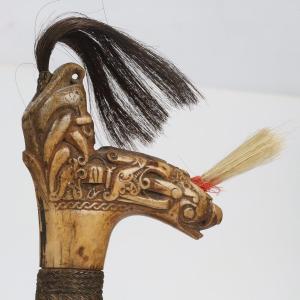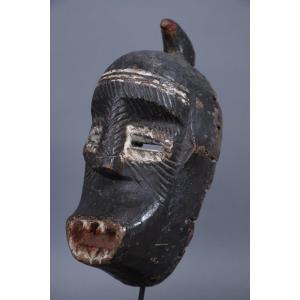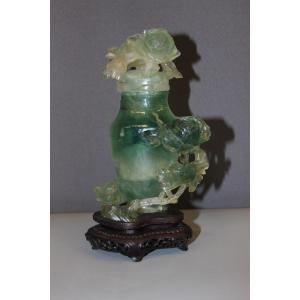In this posture, Buddha touches the ground with the fingertips of his hand; symbolizing the victory of this one against Mara, representation of the evil, by taking as witness the goddess of the earth Sthâvarâ, attesting to his achievement of the Illumination. According to specialists, Gandhâra and the Buddhist art associated with it correspond to the region surrounding the valley of Peshâwar.
We see appearing under the reign of the Kushans, a dynasty of Iranian origin which dominates a vast empire extending from Central Asia to the Ganges valley, two great schools of sculpture, almost contemporary: Mathura in the south, in an aesthetic typically Indian, and Gandhâra, more marked by Hellenism, due to the installation in this region of descendants of the companions of Alexander the Great.
The beautiful expression "Greco-Buddhist art", invented by Alfred Foucher in 1905, is however a little misleading: we must not forget that there are more than three centuries between the incursion of Alexander the Great in the 4th century BC. BC and the Gandhâra school of sculpture.
(For more information on this object, contact us at 0616234231 or by mail: areacorpvel@gmail.com)




































 Le Magazine de PROANTIC
Le Magazine de PROANTIC TRÉSORS Magazine
TRÉSORS Magazine Rivista Artiquariato
Rivista Artiquariato